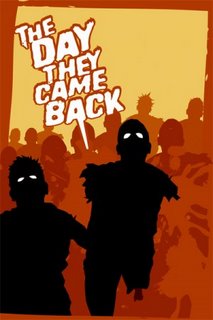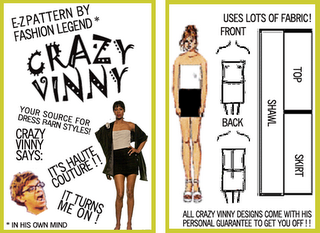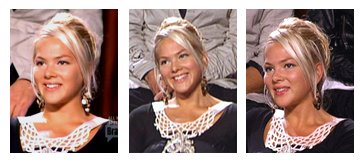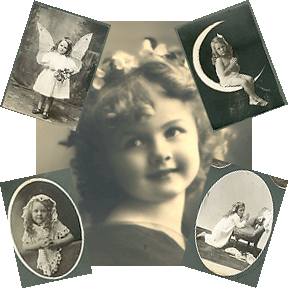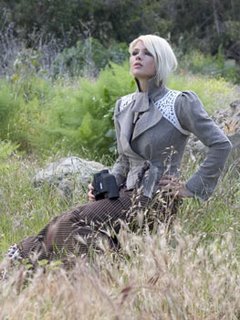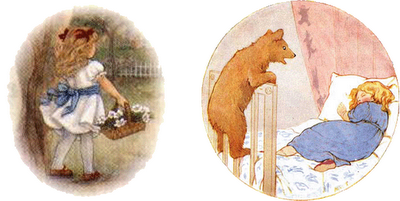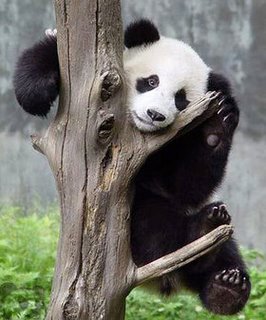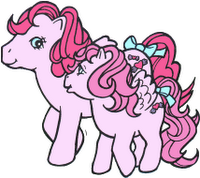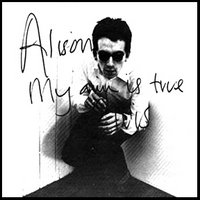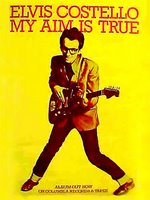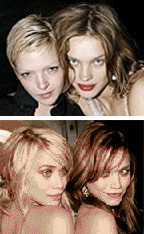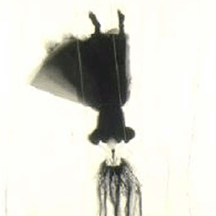There was no comparison.

This dress was at a higher level than all of the other designs -- and in some cases it was many, many levels higher. Laura's dress was really the only look that said "cocktail party." The other dresses were for meeting friends for a drink at a bar (of various types). Even Michael's was more casual. I think we also have to acknowledge that Nazri looks fabulous in just about anything.
And how great was it that Camilla was collaborating with Laura? Given that the models have had less face-time this season than ever before, it is ironic that this season has particularly demonstrated how important the models are to the design and selection process.*
We saw some of that last season with the whole Zulema "walk-off" debacle. We saw that a smart designer stays true to their model and that if you don't treat them with respect you are going to have problems. We also saw how, as with Nick, a model can be an important muse for a designer and there is an unwritten code of ethics that says that you don't screw other designers by stealing their muses. You mess with this at your own peril!
This season I've noticed more than ever how certain models have really sold an outfit. Nazri is the obvious example: she is iconically beautiful in the way she looks and moves. Amanda and Marilinda have really stood out as well -- they have more performative styles on the runway, especially Amanda. She can really inhabit a character.
Like Laura, Camilla's look is more spare and elegant. Neither of them are girly. Amanda and Marilinda can play that role but Camilla's look and style makes it harder for her to pull that off: just as it was a struggle for Laura to make a dress that said "party girl!" (with an exclamation point).
It was interesting to see how Laura and Camilla struggled to create something that succeeded beautifully, without compromising the style of either of them. And because of this, the win was especially rewarding for the viewers. Also, Laura deserved to win long before now.
As for the story regarding Laura's emotional arc -- that did help build the drama. And it is about time they showed that the judges treatment of the designers does take its toll on their confidence and mental well-being. Of course the designers have to have thick skin in order to stand up to the critiques but often the judges do not critique so much as insult. Apparently the producers think that viewers like to watch people being eviscerated.
The problem for Laura is that fashion worships youth. No one ever asks the designers to make something that isn't so immature. But calling something "mature" is usually an insult. You can't make clothes just for women who are over 40. Even though women like Laura and Catherine Malandrino -- and Joan Kors -- are certainly as important to the fashion world as the young socialites who are milking their 15 minutes of fame.
*I am wondering if I'm noticing the models more because they are better this season? Or is the show training me to be more attentive to how the models work?
 We first met Insouciance & Apéritif, two lovely French models and kih fashion critics, on the Paris boat ride. You can refer to the postings below to see their various commentaries. They may, at a future date, decide to share more personal information about themselves. It depends upon their state of ennui.
We first met Insouciance & Apéritif, two lovely French models and kih fashion critics, on the Paris boat ride. You can refer to the postings below to see their various commentaries. They may, at a future date, decide to share more personal information about themselves. It depends upon their state of ennui.

